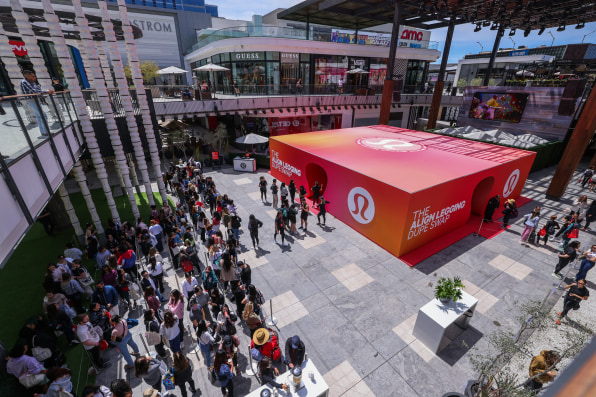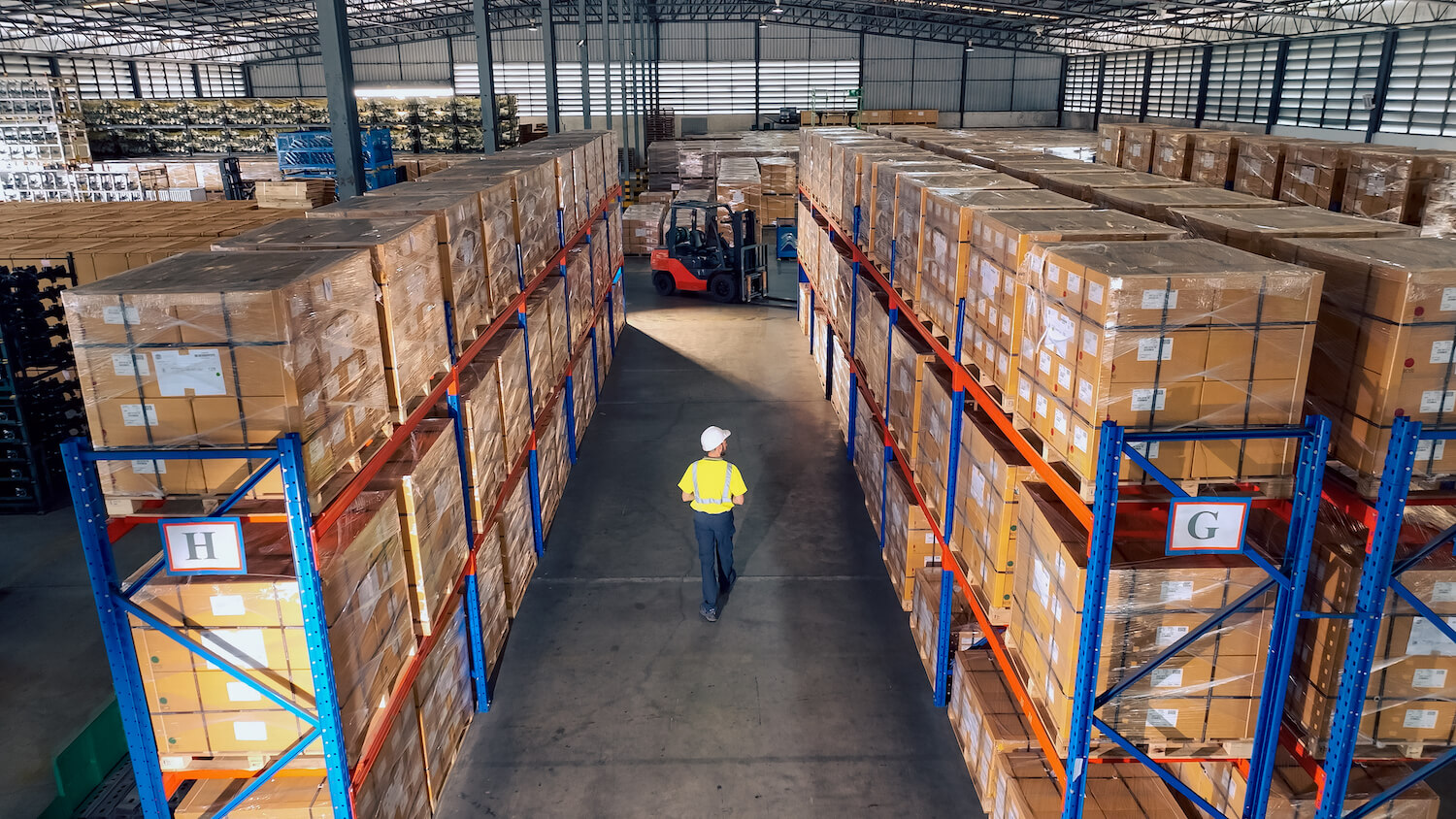Steal first-hand insights on the bottom-line benefits of prioritizing customers (even when it’s not scalable).
OLIPOP invested in activities that don’t scale, per their director of retention & CX, Eli Weiss. But that doesn’t mean they totally overlooked operational efficiency (they didn’t).
Instead, Eli opted for non-scalable initiatives over scalable ones when they:
- Prove to customers that OLIPOP genuinely “got” them
- Provide a 1,000x better experience
- Remind folks there are humans behind the brand
““[OLIPOP is] an omni-channel business. So, a large percentage of our revenue is coming from [wholesale] retail… We'll never be able to track that [esperience]. So, we really have to kind of dial it back down and think about from a human perspective: Is this something that would blow your mind?”Eli Weiss, director of CX & retention at OLIPOP
Meet Eli Weiss
Eli Weiss is known as “The DTC guy” on Twitter. And it’s a well-earned title given that he’s 20+ years into his personal mission to positively impact DTC.
But his day job is overseeing OLIPOP’s customer experience as their director of CX & retention.
Before this role, Eli built chicken alternative Simulate’s first CX team. And before that, he was the director of CX, operations & business development at FUGU Luggage.
Along the way, he learned the ins and outs of operations. And he realized his passion for building incredible customer experiences – no matter what it takes.
Connect with Eli on: LinkedIn | Twitter
About OLIPOP
OLIPOP rightfully calls itself “a new kind of soda.” Each can packs 2-5g of sugar, 9g of fiber, probiotics and comes in 1 of 7 classic flavors.
In less than 3 years, the product has reached 10k+ grocery stores across the US. And this week, the brand announced its $30M series B round at a $200M valuation.
According to Eli, the soda brand’s wild success comes down to putting customers first and doing things that don’t always scale.
Learn more about OLIPOP on: LinkedIn | Twitter | Instagram
The Checkout episode 11 unpacks:
In today’s episode, Eli Weiss shares his intrinsic enthusiasm for building customer-centric. Here are the highlights.
What DTC can learn from traditional retail
- As a DTC brand, you can get closer to the customer by recreating and improving what they love about traditional retail
Eli’s journey into DTC
- “[As a kid,] I was a really difficult customer.”
- For the most part, Eli noticed that customer service was lackluster, transactional, and ultimately frustrating
- “What does it take to really put humanity back into customer experience and focus on relationships?”
- He was inspired by brands like Chewy and Zappos figured out how to build authentic relationships with customers and deliver more than just a product
- His strength for seeing things from the customer side eventually landed him his 1st job in the DTC space
Handling the worst customer experience imaginable
- When Eli joined FUGU Luggage, the brand still had no product, had spent its Kickstarter money on R&D, and was dealing with frustrated investors
- Eli implemented a communication strategy to save these customer relationships that was hyper-transparent
What is CX?
- Customer experience is “just talking to people and understanding them,” then scaling that
- At its core, CX is about retention
- “Most people get into this space because they love fixing things. I just hate negative experiences… [so] I’m not trying to fix as much as I’m listening.”
- A strong way to improve your customer experience is to figure out how you can cut the script and start listening
Eli’s favorite OLIPOP flavors
- Per Eli’s suggestion, start with the flavor that sounds best to you.
- His personal favorites are orange squeeze and grape
- Strawberry vanilla is OLIPOP’s bestselling flavor
How do you get CX insights?
- Collect the data and pass it along
- Quantitatively, this looks like tagging support tickets, exporting them, and sharing them with the right team
- Qualitatively, this looks like having informal conversations with customers
- For Eli, the 2 focuses are how fast you can get to the customer. Then, slowing down to focus on what they want
- Document every customer request
- “Listening to the customer can actually transform business.”
Doing things that don’t scale
- “Our job on the CX side is to be the voice of the customer in every conversation…The other side of that conversation is the business [asking], does this make sense?”
- Dedicate a tiny percentage of the budget to initiatives that aren’t measurable
- Eli’s temperature check for these initiatives is asking himself: “If some brand did this for me, would I like this brand 10x more?”
- Word of mouth is the strongest advertising, even if it can’t be explicitly measured
- “We’ve sent out almost 800 free cases to some of our biggest super fans to give to somebody else.”
Creating moments
- Investing in creating “moments” with customers is its own form of advertising, boosting LTV
- Moments don’t matter if the customer journey isn’t meeting expectations
- It’s much more effective to show people your mission than to tell them about it
- “I think there’s so much dead space between placing the order and the order delivery where customers just fizzle out.”
- You need to get top-down buy-in to create these moments
- A mass marketing effort isn’t as magical as creating a unique 1-off moment
Eli’s biggest CX mistake
- Eli used Shopify Tags to find their 100 best customers and created branded blankets to send
- There’s no way to cap how many times an event is tagged on Shopify, so OLIPOP’s 3PL was told to send 300 people a product they only had 100 of
- The team had to manually untag 200+ customers in Shopify
- Eli learned that he’d rather create, say, 5 super exciting moments than send 100 people the same blanket
Non-trackable moments
- Omnichannel businesses will have moments that they can’t track, especially in the traditional retail space
- Figuring out what customers that buy via wholesale actually want relies heavily on assumption and intuition
- The conversations that you have with your DTC customer can inform these assumptions and intuitions
Pulling traditional retail customers into your DTC channels
- Traditional retail provides the instant gratification that DTC can’t
- But DTC offers more space to create a customer journey
- Most important to meet your customer where they’re at – even if it’s not DTC – so OLIPOP is not pushing folks to ecommerce
- Instead, think about using, say, a QR code to pull traditional retail customers into your owned journey
- DTC tends to be easier to engage customers because a lot fewer customers will reach out to the brand directly if they buy through retail
The ideal customer experience inspiration
- Chewy has hit a huge market cap, and they figured out how to scale initiatives that would typically be considered “unscalable”
- Huron is super thoughtful, whether that’s hand delivering products locally or handwriting personalized notes to customers
- At the end of the day, “people love purchasing from people,” but this requires a lot of trust
- It’s a lot harder to get mad at the individual (in this case, Eli) than the brand (OLIPOP)
Retaining human-to-human trust
- Ecommerce is still relatively new
- Other brands burning customers tend to be projected onto your brand – warranted or not
- The customer experience bar is really low, and brands rarely go above their promises, let alone go above and beyond. This provides a huge opportunity for you to stand out
- “If you can meet expectations with what you’re promising, that’s already like more than 95% of brands.”
- Lean into your existing customers to grow your brand via word of mouth
- The customer journey isn’t as simple as the data you see on Google Analytics
- Bare minimum, build a reputation as the brand that will respond and care when things go wrong
- “We love brands and people that care about us.”
![Your Guide To Improving Multi-Location Inventory Management [7 Strategies]](https://cogsy.com/wp-content/uploads/2023/06/Multi-location-inventory-management-scaled.jpg)

